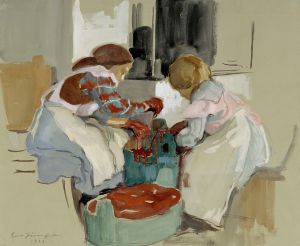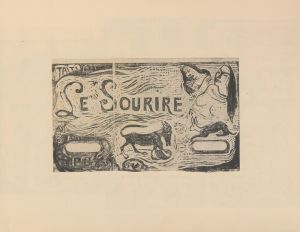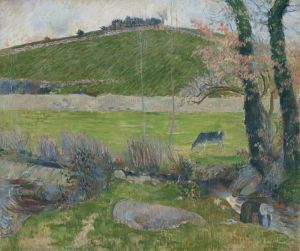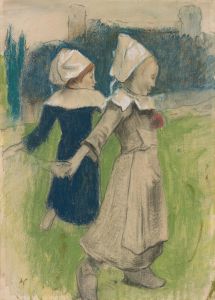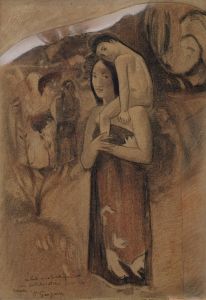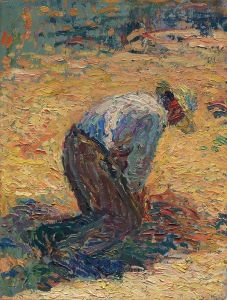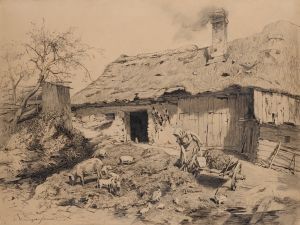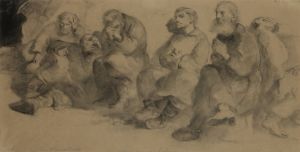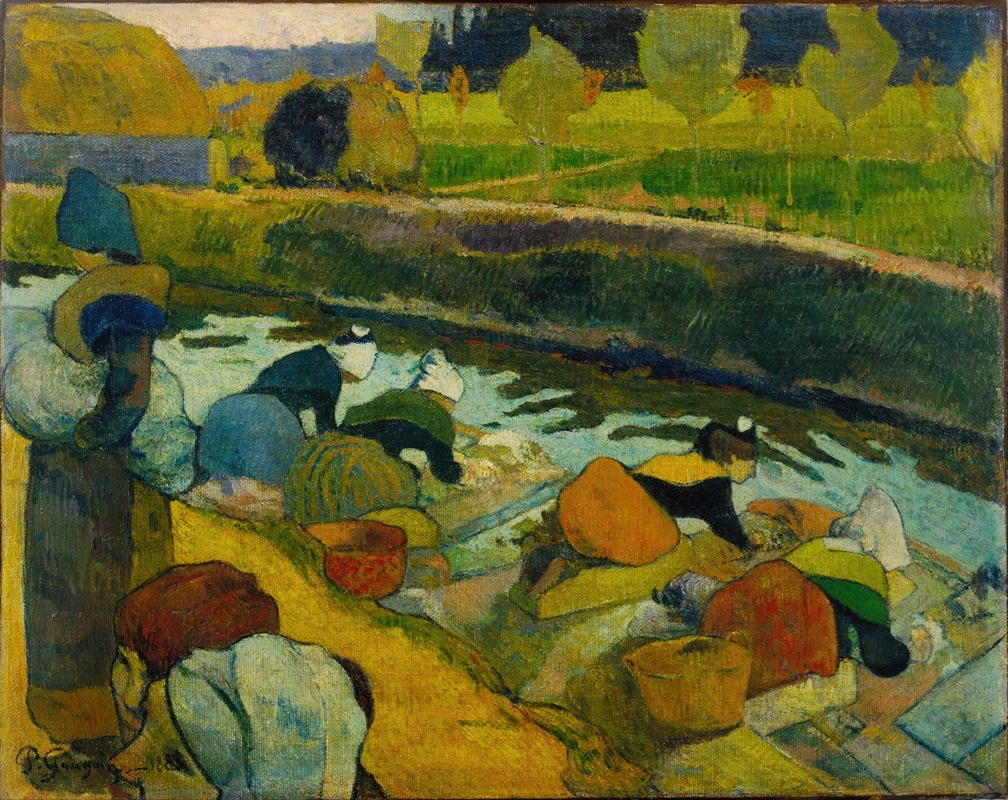
Washerwomen
A hand-painted replica of Paul Gauguin’s masterpiece Washerwomen, meticulously crafted by professional artists to capture the true essence of the original. Each piece is created with museum-quality canvas and rare mineral pigments, carefully painted by experienced artists with delicate brushstrokes and rich, layered colors to perfectly recreate the texture of the original artwork. Unlike machine-printed reproductions, this hand-painted version brings the painting to life, infused with the artist’s emotions and skill in every stroke. Whether for personal collection or home decoration, it instantly elevates the artistic atmosphere of any space.
"Washerwomen" is a painting by the French Post-Impressionist artist Paul Gauguin, created in 1888. Gauguin is renowned for his bold use of color and synthetist style that were influential in the Symbolist movement. This particular work is part of his exploration of rural life and everyday scenes, which he often depicted with a sense of simplicity and vividness.
The painting was created during a pivotal period in Gauguin's career when he was living in Pont-Aven, Brittany, a region in northwestern France. This area was known for its picturesque landscapes and traditional Breton culture, which attracted many artists seeking inspiration away from the urban centers. Gauguin was particularly drawn to the simplicity and perceived authenticity of rural life, which contrasted sharply with the industrialization and modernization occurring in Paris at the time.
"Washerwomen" depicts a group of women engaged in the task of washing clothes by a riverbank. The scene is characterized by its vibrant colors and the use of bold outlines, a technique that Gauguin employed to emphasize the forms and simplify the composition. This approach reflects Gauguin's departure from the Impressionist focus on light and atmosphere, moving instead towards a more symbolic and expressive use of color and form.
The painting is notable for its composition, where the figures are arranged in a rhythmic pattern that guides the viewer's eye across the canvas. The landscape is stylized, with flattened forms and a limited color palette that enhances the overall harmony of the scene. Gauguin's use of color is particularly striking, with the bright garments of the washerwomen contrasting against the more subdued tones of the natural surroundings.
Gauguin's interest in depicting washerwomen can be seen as part of a broader trend among artists of the time to portray scenes of everyday life and labor. These subjects were often imbued with a sense of dignity and respect, highlighting the importance of such tasks in rural communities. In "Washerwomen," Gauguin captures the quiet strength and communal spirit of the women, presenting them as integral to the fabric of Breton society.
The painting is also reflective of Gauguin's broader artistic philosophy, which sought to transcend the mere representation of reality and instead convey deeper symbolic meanings. By focusing on the washerwomen, Gauguin not only documents a common rural activity but also explores themes of simplicity, tradition, and the connection between humans and nature.
"Washerwomen" is housed in the Musée d'Orsay in Paris, where it is part of a significant collection of works by Gauguin and other Post-Impressionist artists. The painting continues to be celebrated for its innovative style and its contribution to the development of modern art. Through works like "Washerwomen," Gauguin helped pave the way for future movements that would further explore the expressive potential of color and form.







